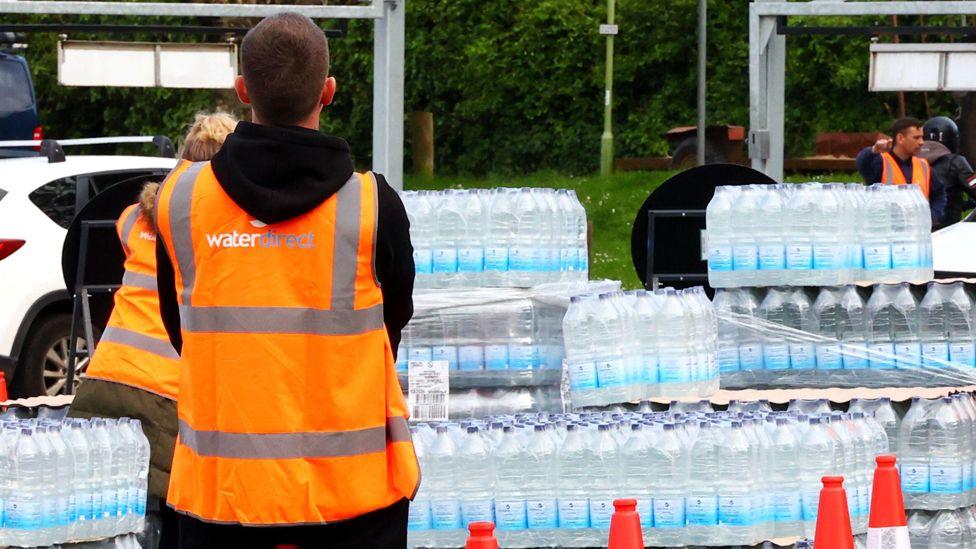
Date: May 18, 2024 – What is the Water Parasite Making Some People Ill? – In recent weeks, a water parasite has been causing illness and concern among communities. This microscopic organism, known as Cryptosporidium, has been identified as the culprit behind the wave of sickness affecting individuals who have come into contact with contaminated water sources.
Cryptosporidium, often referred to as “Crypto,” is a waterborne parasite that can cause gastrointestinal illness in humans. It is commonly found in both untreated and inadequately treated water sources, including rivers, lakes, and swimming pools. The parasite is resistant to chlorine disinfection, making it challenging to eliminate through standard water treatment processes.
The symptoms of Cryptosporidium infection typically appear within two to ten days after exposure. Affected individuals may experience watery diarrhea, abdominal cramps, nausea, and vomiting. In some cases, fever, dehydration, and weight loss may also occur. While most healthy individuals recover within a few weeks, the infection can be more severe and prolonged in individuals with weakened immune systems, such as the elderly or those with underlying health conditions.
The outbreak of Cryptosporidium illness has raised concerns about the safety of the water supply and the need for improved water treatment and monitoring measures. Local health authorities have been working diligently to investigate the source of the contamination and implement necessary interventions to prevent further spread of the parasite.
One of the main challenges in combating Cryptosporidium is its resilience in the environment. The parasite forms a protective outer shell called an oocyst, which allows it to survive outside of a host for extended periods. This characteristic makes it highly resistant to chlorine and other conventional disinfectants used in water treatment facilities.
To address the outbreak, health officials have advised affected communities to take precautions to minimize their risk of exposure. These measures include boiling drinking water, avoiding swallowing water while swimming in pools or recreational water bodies, and practicing proper hygiene, such as washing hands thoroughly with soap and water.
Water treatment facilities have also been urged to enhance their monitoring and testing protocols to detect the presence of Cryptosporidium and implement suitable treatment methods. This may involve employing advanced filtration techniques, such as UV (ultraviolet) disinfection or membrane filtration, which can effectively remove the parasite from the water supply.
Public awareness campaigns have been launched to educate individuals about the risks associated with Cryptosporidium and the importance of taking necessary precautions. Community meetings and informational sessions have been organized to address residents’ concerns, respond to queries, and provide guidance on how to protect themselves and their families.
Local authorities are working closely with healthcare professionals and water experts to monitor the situation, track the number of reported cases, and provide necessary medical care to affected individuals. Efforts are also underway to improve communication channels between water suppliers, public health agencies, and the community to ensure swift and accurate dissemination of information.
As the investigation continues, it is crucial for all stakeholders to collaborate and implement proactive measures to prevent future outbreaks and safeguard the well-being of the public. Addressing the challenges posed by Cryptosporidium requires a multifaceted approach, including comprehensive water treatment strategies, robust monitoring systems, and ongoing public education.





Leave a Reply